I'm going to set up this question and answer it myself, so that others could search and find the correct answer easierly. I had to google for hours and compile the end result from multiple sources...
So the question is - how to enable Per-Monitor v2 DPI awareness in a ClickOnce scenario (WPF, c# specifically)?
Per-Monitor v2 was added in Win 10 Creators Update (1703). ClickOnce notoriously does not support DPI awareness declared in an app.manifest file, like this.
